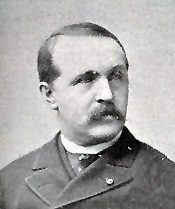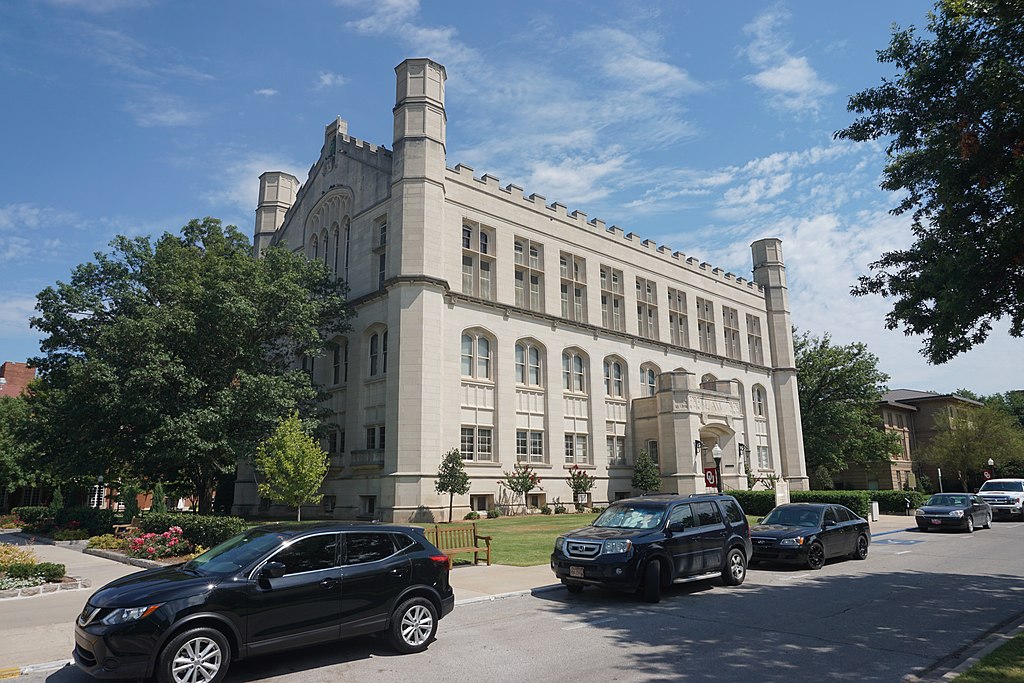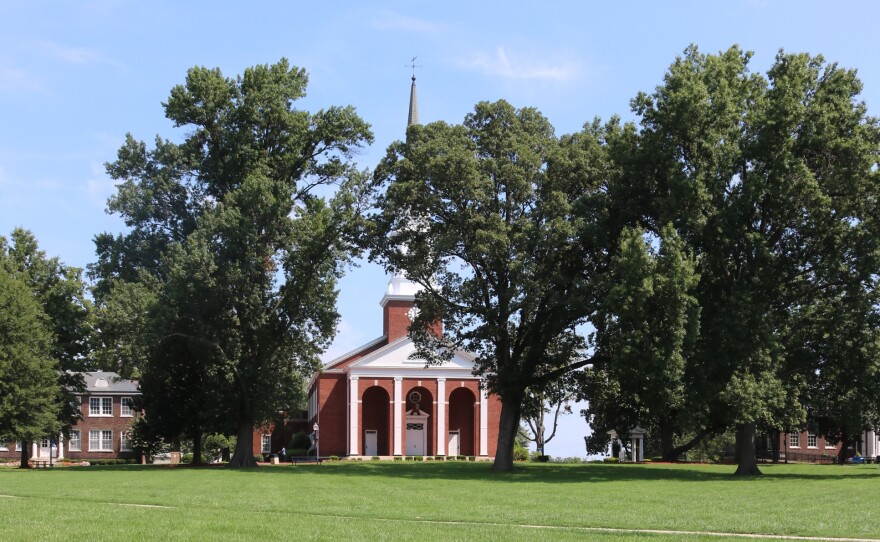By 1808Delaware
Over the last two centuries, Delaware County has produced a remarkable set of individuals who have led lives of discovery. This series reveals short insights into the lives of the well-known and less commonly known people born here, or who lived here, and then went on to make significant contributions to state, regional, or national history.

Today we look at a man who, like others, came to Delaware County as a student at Ohio Wesleyan University. His name was George Washington Steele, and he would make his mark on the world far from here.
Steele, born on December 13, 1839, in Fayette County, Indiana, was a man of many hats—lawyer, soldier, politician, and notably, the first governor of Oklahoma Territory. Educated in Indiana’s public schools and later at Ohio Wesleyan University, Steele’s early life prepared him for a career that would leave an indelible mark on American history.
From Soldier to Statesman
Steele’s military career culminated in a promotion to lieutenant colonel in July 1865, following the Carolinas Campaign and the end of the Civil War. But his service to the nation didn’t end there. When President Benjamin Harrison sought to bring order to the newly formed Oklahoma Territory in 1890, he turned to Steele, a seasoned military officer. Steele was inaugurated in Guthrie, Oklahoma Territory, on May 22, 1890, in a ceremony attended by 10,000 people from across the territory.
The Challenge of Governance
Governor Steele faced immediate challenges upon taking office. Reports of disorder and chaos were rampant, prompting him to declare a state of emergency. His military background proved invaluable in navigating the territory’s tumultuous political landscape. Steele found himself embroiled in a dispute with the Oklahoma Territorial Legislature over the location of the capital, vetoing bills that sought to move it from Guthrie to Oklahoma City and then to Kingfisher.
The Birth of Oklahoma’s Educational System
Despite these challenges, Steele was committed to laying the educational foundations of the territory. He advocated for the creation of a public school system and institutions of higher education. His efforts bore fruit when the Legislature approved the establishment of two universities: one in Norman, which would later become the University of Oklahoma (photo from the OU campus), and another in Stillwater, which evolved into Oklahoma State University.
Legacy and Later Years
Steele’s tenure as governor was short-lived; he resigned after just 17 months in office. However, his impact on Oklahoma’s educational landscape was profound. He also played a significant role in settling tribal land claims, making the territory more accessible for non-Indigenous settlers. Steele passed away at the age of 83 on July 12, 1922, in Marion, Indiana, but his contributions to Oklahoma’s development have not been forgotten. As one observer noted, “His unafraid service to the territory must not be minimized.”
Steele’s life and work serve as a testament to the power of dedicated public service, leaving a legacy that continues to shape Oklahoma’s educational and political landscape to this day.
Image: University of Oklahoma; Michael Barera, CC BY-SA 4.0 https://creativecommons.org/licenses/by-sa/4.0, via Wikimedia Commons










